Detailed Introduction to Rolls-Royce H1127.0101 Engine Control Module
1. Product Description
The Rolls-Royce H1127.0101 is a high-reliability, precision-engineered engine control module (ECM) developed exclusively for Rolls-Royce’s Tay and BR700 series turbofan engines—widely used in business jets, regional airliners, and specialized aviation platforms. As a critical component of the engine’s Full Authority Digital Engine Control (FADEC) system, this module serves as the “control brain” for engine operation, integrating real-time sensor data processing, thrust management, and fault mitigation to ensure optimal engine performance, fuel efficiency, and flight safety.
Unlike generic aviation control units, the H1127.0101 is tailored to the unique thermodynamic and mechanical characteristics of Rolls-Royce turbofan engines. It specializes in regulating core engine parameters—including high-pressure (HP) turbine speed, compressor pressure ratio, fuel flow rate, and exhaust gas temperature (EGT)—by sending precise commands to fuel metering valves, variable stator vanes (VSVs), and bleed air systems. This closed-loop control ensures the engine operates within its safe performance envelope even under extreme flight conditions (e.g., high altitude, rapid thrust changes, or crosswind takeoffs).
Key differentiators include its aerospace-grade durability (designed to withstand vibration, temperature extremes, and electromagnetic interference), redundant hardware architecture (to meet aviation safety standards), and seamless integration with aircraft avionics systems (e.g., Honeywell Primus Epic, Rockwell Collins Pro Line Fusion). It is certified to DO-178C (Software Level A) and DO-254 (Hardware Level A)—the highest aviation safety standards—making it a trusted component in commercial and business aviation fleets worldwide.
2. Product Technical Specifications
|
Specification Category
|
Details
|
|
Control Capabilities
|
– Regulated Parameters: HP turbine speed (N2), fuel flow (FF), EGT, compressor pressure ratio (CPR), variable geometry (VSVs, VBVs)- Thrust Control Modes: Takeoff, climb, cruise, descent, idle (auto-switching based on flight phase)- Fault Management: Real-time fault detection (sensor drift, actuator failure), limp-home mode activation, and diagnostic data logging
|
|
Input/Output (I/O) Interfaces
|
– Analog Inputs (AI): 24 channels (16-bit resolution) for RTDs (EGT, oil temperature) and pressure transducers (fuel pressure, compressor pressure); range: -50°C to 1200°C (temperature), 0 to 500 psi (pressure)- Digital Inputs (DI): 16 channels (28 V DC) for discrete signals (engine start request, aircraft landing gear position)- Digital Outputs (DO): 12 channels (28 V DC, 2 A max) for actuators (fuel metering valve, VSV actuators)- Communication Interfaces: Dual ARINC 429 buses (high-speed, 100 kbps) for avionics integration; MIL-STD-1553 bus for engine health monitoring (EHM)
|
|
Electrical Parameters
|
– Power Supply: 28 V DC (aircraft primary power); 115 V AC, 400 Hz (backup power, via aircraft transformer-rectifier unit)- Power Consumption: 15 W (typical, cruise mode); 25 W (max, takeoff mode)- Isolation: Channel-to-channel isolation (1 kV AC rms, 1 minute); power-to-signal isolation (2 kV AC rms, 1 minute)
|
|
Performance Metrics
|
– Control Update Rate: 10 ms per parameter (N2, FF, EGT); 5 ms for critical fault detection- Accuracy: ±0.1% of full scale (N2 speed regulation); ±2°C (EGT measurement)- Response Time: <50 ms to thrust command changes (e.g., from idle to climb thrust)
|
|
Physical & Environmental
|
– Dimensions: 180 mm (W) × 250 mm (H) × 80 mm (D) (engine-mountable, lightweight enclosure)- Weight: 1.8 kg- Operating Temperature: -55°C to +125°C- Storage Temperature: -65°C to +150°C- Vibration Resistance: MIL-STD-883H Method 2007 (10-2000 Hz, 20 g peak acceleration)- Shock Resistance: MIL-STD-883H Method 2002 (50 g, 11 ms half-sine pulse)- EMI/EMC Compliance: RTCA DO-160G (Categories E and F for electromagnetic emissions/immunity)
|
|
Safety & Certification
|
– Redundancy: Dual-core processor (Lockheed Martin F28377D), redundant power supplies, and triple-modular I/O for critical channels- Certifications: DO-178C (Software Level A), DO-254 (Hardware Level A), EASA ETSO-C160, FAA TSO-C160- Mean Time Between Failures (MTBF): >50,000 hours (calculated per MIL-HDBK-217F)
|
3. Usage Instructions
3.1 Installation & Integration
- Pre-Installation Checks
-
- Verify compatibility with the target engine model (e.g., Tay 650, BR710); confirm the module’s serial number matches the engine’s configuration data sheet.
-
- Inspect the module for shipping damage (e.g., cracked enclosure, bent connector pins) and verify all labeling (part number, revision level, certification marks) is intact.
-
- Prepare tools: torque wrench (0.5-2.0 N·m), ESD-safe socket set, and Rolls-Royce-approved interface test adapter (ITA).
- Engine Mounting
-
- Mounting Location: Install the H1127.0101 in the engine’s dedicated control bay (forward fan case for BR700 series); align the module’s mounting flanges with the engine’s threaded inserts.
-
- Mechanical Securing: Fasten the module using four titanium bolts (M6 × 16 mm) torqued to 1.2 N·m; apply anti-seize compound (Rolls-Royce Spec. RR-S-800) to prevent thread galling.
-
- Thermal Interface: Attach the provided thermal pad between the module’s base and the engine mount to ensure heat dissipation (critical for high-temperature operation).
- Wiring & Avionics Integration
-
- Power Wiring: Connect the 28 V DC primary power to terminal J1 (pins 1-2) and 115 V AC backup power to terminal J2 (pins 3-5); use silver-plated copper wire (16 AWG) per Rolls-Royce wiring standards.
-
- Sensor/Actuator Wiring: Mate the module’s I/O connector (J3, ARINC 600 series) to the engine’s wiring harness; ensure correct pin alignment for critical sensors (e.g., EGT RTDs to pins 12-15, fuel pressure transducers to pins 16-19).
-
- Avionics Communication: Connect the ARINC 429 buses (J4, dual redundant) to the aircraft’s flight management system (FMS) and engine indication system (EIS); verify bus termination (100 Ω) at both ends.
- Post-Installation Verification
-
- Perform a continuity test on all power and signal circuits using a multimeter; check for short circuits between power terminals and ground.
-
- Power on the aircraft’s electrical system and verify the module’s “POWER” LED (green) illuminates; confirm ARINC 429 communication via the aircraft’s avionics test panel.
3.2 Configuration & Operation
- Initial Configuration via Rolls-Royce Engine Control Software (RECS)
-
- Software Setup: Install RECS (v4.5 or higher) on a Windows-based maintenance laptop; connect the laptop to the module’s test port (J5, USB-C) via a Rolls-Royce-approved cable.
-
- Engine Parameter Loading: Select the target engine model (e.g., BR710A2-20) from the RECS library; upload the engine’s performance parameters (e.g., maximum EGT limit, takeoff thrust rating) and calibration data.
-
- Redundancy Check: Run the “Redundancy Test” in RECS to verify dual-core processor synchronization and redundant I/O channel alignment; ensure no mismatch errors are logged.
- In-Flight Operation
-
- Automatic Control: During flight, the H1127.0101 automatically switches thrust modes based on FMS inputs (e.g., “Takeoff” when the throttle is set to 100% and landing gear is down). It adjusts fuel flow and VSV position in real time to maintain N2 speed and EGT within safe limits.
-
- Pilot Interaction: Pilots can modify thrust settings via the aircraft’s throttle quadrant; the module interprets throttle position signals and translates them to precise fuel flow commands (e.g., 75% throttle = cruise thrust for BR710).
-
- Fault Alerts: If a fault is detected (e.g., EGT approaching maximum limit), the module sends an alert to the aircraft’s EIS (red warning light) and activates mitigation measures (e.g., reduces fuel flow by 5% to lower EGT).
- Maintenance & Diagnostics
-
- Routine Checks: During scheduled maintenance (every 500 flight hours), use RECS to download the module’s diagnostic log; review fault codes, sensor drift data, and actuator performance trends.
-
- Calibration: Annually calibrate analog input channels via RECS using a precision signal generator (e.g., 400°C = EGT sensor input, 300 psi = fuel pressure input); adjust calibration offsets if deviations exceed ±1%.
-
- Troubleshooting:
-
-
- No Power (LED Off): Check aircraft power supplies and J1 wiring; replace the module’s internal fuse (5 A, slow-blow) if blown.
-
-
-
- Communication Failure (ARINC 429): Verify bus termination and wiring; reset the module via RECS (select “Module Reset” under Maintenance menu).
-
-
-
- Thrust Anomaly: Use RECS to compare actual N2/EGT values with expected values; inspect fuel metering valve wiring if discrepancies exceed ±2%.
-
4. System Introduction
The H1127.0101 is a core component of Rolls-Royce’s FADEC II System—a fully integrated, digital engine control ecosystem designed for the Tay and BR700 series engines. This system eliminates mechanical control linkages (e.g., throttle cables) and replaces them with digital signals, enabling precise, adaptive engine control that optimizes performance and reduces maintenance costs.
4.1 System Architecture
- Sensor Layer: Comprises 30+ engine-mounted sensors (EGT RTDs, pressure transducers, speed probes) that collect real-time engine data and send it to the H1127.0101. Critical sensors (e.g., N2 speed) feature triple redundancy to ensure data reliability.
- Control Layer: The H1127.0101 serves as the core of this layer. It processes sensor data (10 ms update rate), executes control algorithms (thrust management, fault mitigation), and sends commands to actuators (fuel metering valve, VSV actuators). Redundant processors and I/O channels ensure no single point of failure.
- Avionics Integration Layer: Connects the FADEC II System to the aircraft’s avionics via ARINC 429 and MIL-STD-1553 buses. This layer enables data sharing between the H1127.0101 and the FMS (flight phase data), EIS (engine status display), and maintenance computer (diagnostic logs).
- Maintenance Layer: Includes Rolls-Royce’s Engine Health Monitoring (EHM) system, which uses data from the H1127.0101 to predict component failures (e.g., VSV actuator wear) and schedule proactive maintenance.
4.2 Key System Features
- Adaptive Performance: The FADEC II System uses data from the H1127.0101 to adapt to engine aging (e.g., compressor fouling). It adjusts fuel flow and VSV position to maintain thrust output and fuel efficiency as the engine accumulates flight hours.
- Safety Redundancy: The system features 2-out-of-3 (2oo3) voting for critical parameters (e.g., EGT). If one sensor fails, the H1127.0101 uses data from the remaining two sensors to ensure continued operation.
- Fuel Efficiency: By precisely matching fuel flow to thrust demand (e.g., reducing fuel flow by 10% during cruise), the system improves fuel efficiency by up to 5% compared to mechanical control systems (per Rolls-Royce flight tests).
- Remote Monitoring: The EHM system transmits diagnostic data from the H1127.0101 to Rolls-Royce’s ground-based maintenance centers via satellite; technicians can analyze data remotely and recommend repairs before issues affect flight operations.
5. Recommended Related Models in the Same Series
For users operating other Rolls-Royce engine families or requiring specialized control capabilities, the following related engine control modules are recommended:
- Rolls-Royce H1127.0201: A variant optimized for the Trent 700 series engines (used in Airbus A330). It supports higher thrust ratings (up to 72,000 lbf) and includes additional I/O channels for Trent-specific components (e.g., reverse thrust actuators).
- Rolls-Royce H1128.0101: Designed for the Pearl 15 series engines (business jets like Gulfstream G700). It features enhanced fuel efficiency algorithms and integration with next-gen avionics (e.g., Garmin G5000).
- Rolls-Royce H1130.0101: A military-grade module for the AE 2100 turboprop engines (C-130J Super Hercules). It includes ruggedized hardware (MIL-STD-810H compliance) and specialized control modes (e.g., combat idle, emergency power).
- Rolls-Royce H1132.0101: A dual-engine control module for the BR725 series engines (Bombardier Global 7500). It enables synchronized control of two engines and includes advanced fault tolerance (triple-core processors) for long-range flights.

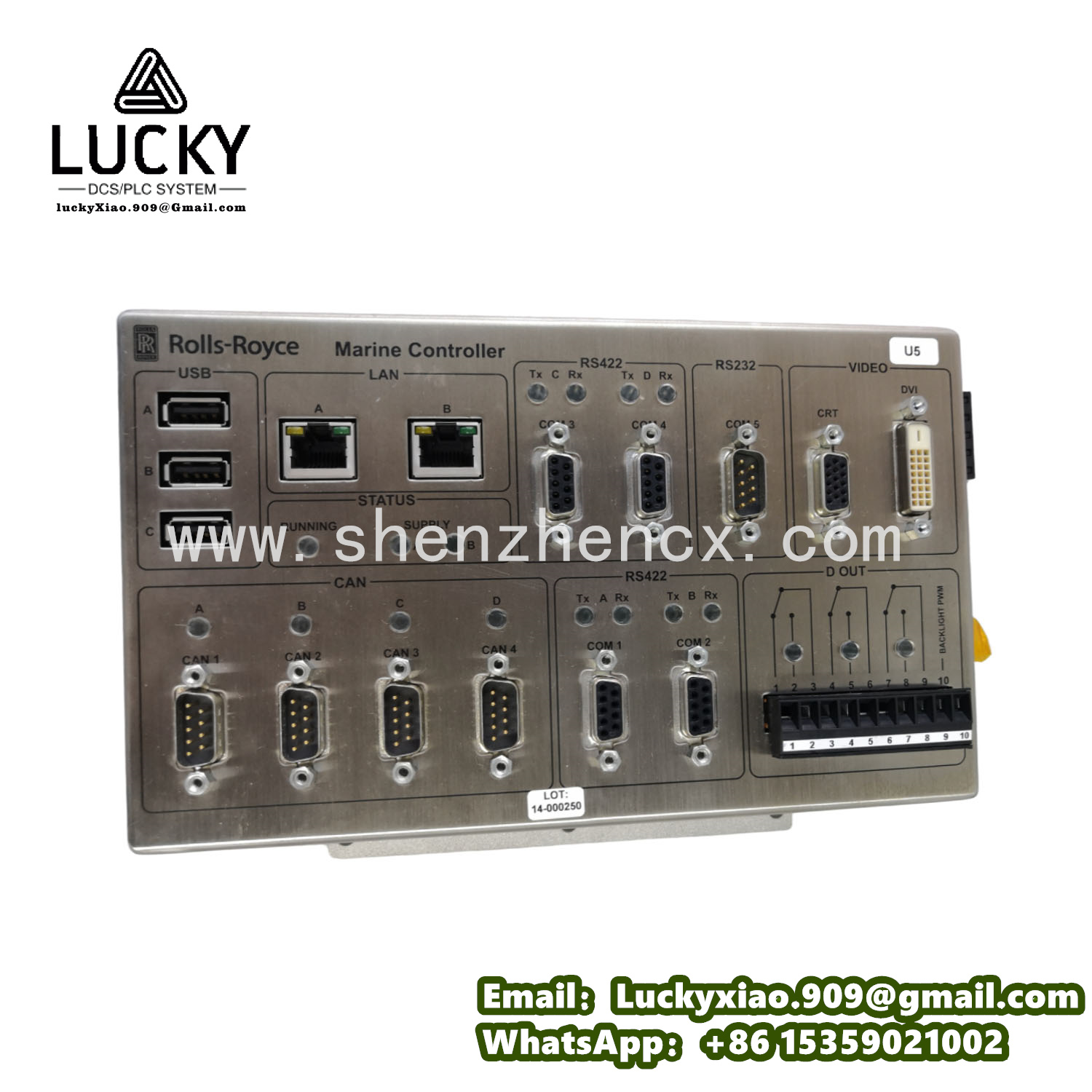
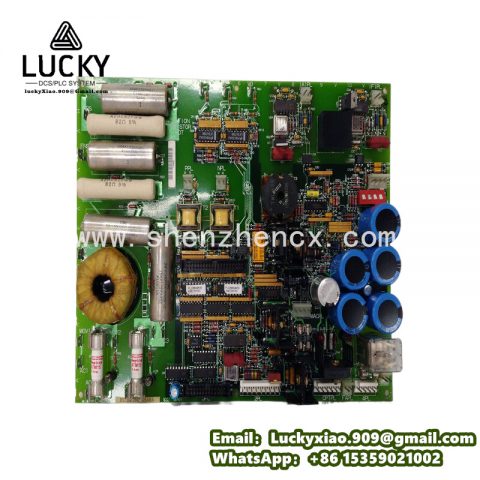
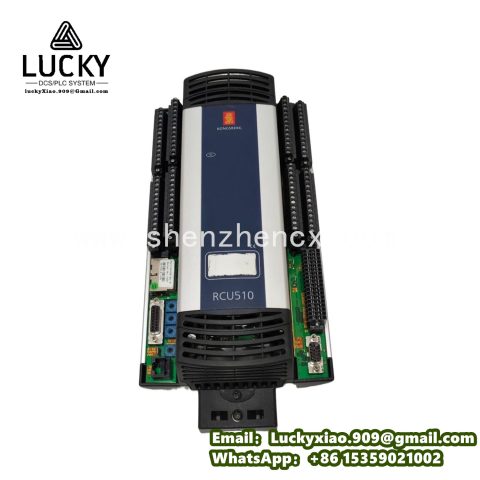
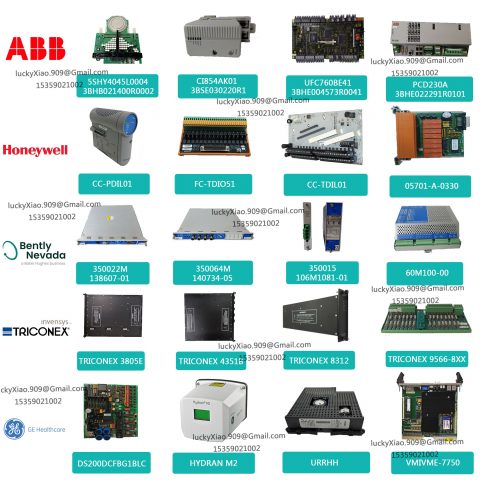
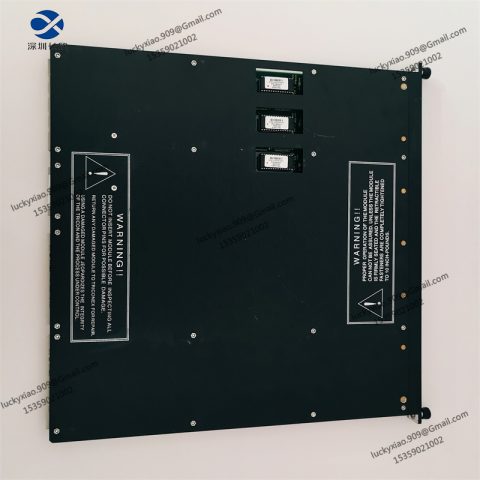
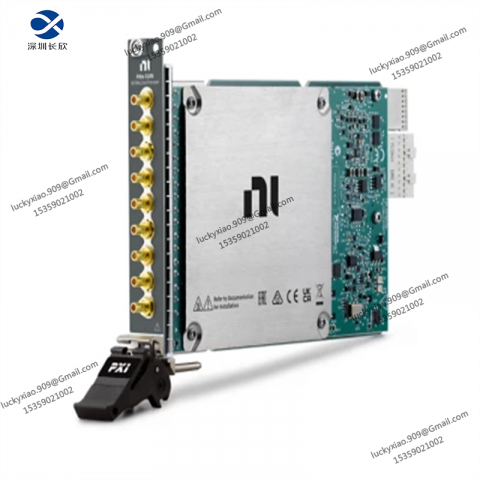
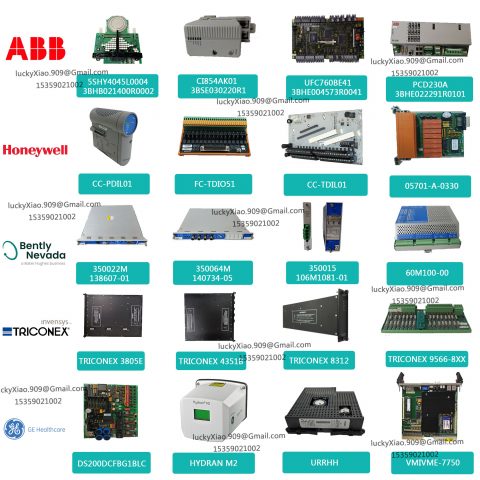
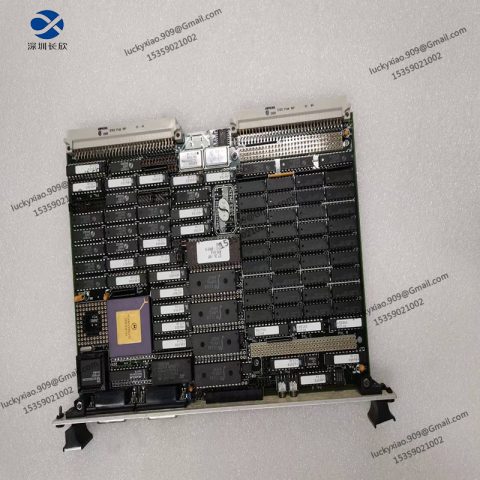
-480x480.jpg)
There are no reviews yet.